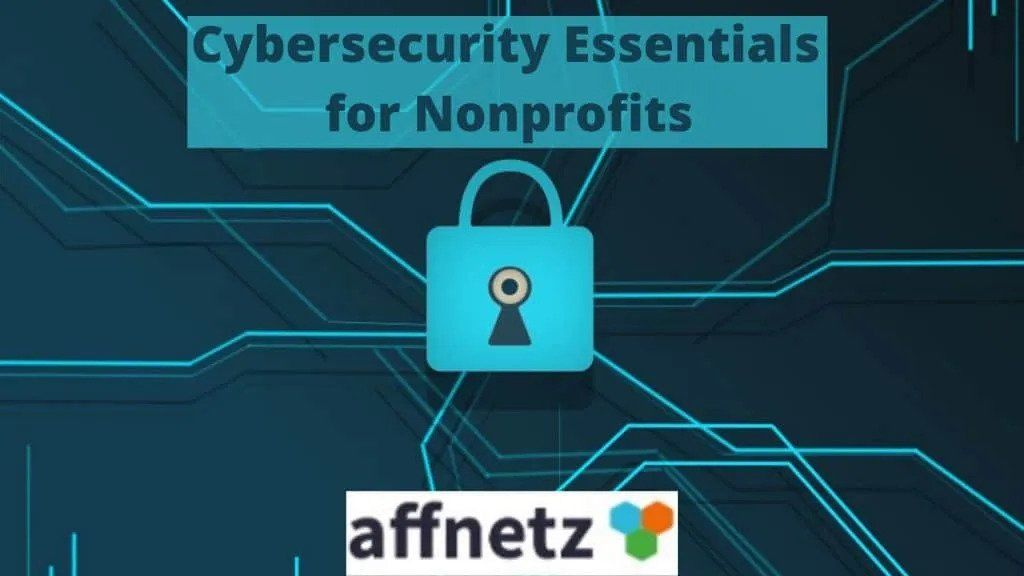Nonprofit Software ROI perplexes leaders of many not-for-profit organizations. In a decision involving considerable costs, calculating the return on investment often proves to be elusive.
First, what is the calculation for ROI in this case? One equation is:
ROI= ((Gain on Investment − Cost of Investment)/Cost of Investment) x 100%)
Using a simple example, a gold coin purchased for $2,000 on January 1 is sold for $2,500 on December 31. The calculation would be:
(($2,500 – $2,000)/$2,000) x 100% = 25%
Therefore, for a $2,000 investment, $500 was earned, resulting in a 25% return on investment.
Calculating Nonprofit Software ROI is more complicated because there are multiple inputs into both Cost of Investment and Gain on Investment.
Cost of Investment
For software, costs can fall into several categories:
Licensing
Installation
Configuration
Customization
Training
Technical support
While these costs can be quantified easily, other costs are more challenging to compute. For example, the learning curve time with the new software takes staff away from other things they could be doing.
Gain on Investment
Of the two inputs, Gain on Investment is tougher to determine for Nonprofit Software ROI. Gains can occur in two ways: Additional revenue and cost savings.
Increased Revenue
Additional revenue could come in the form of:
Increased donations – Increased donations could occur with better Donor management software, which improves communications with these vital stakeholders.
Improved event revenue – Event revenue could be increased because better-organized events could command a higher price tag over time.
Additional sponsorships and advertising – Better management of Sponsors and Advertisers could lead to deeper and longer-lasting relationships. This could mean more revenue from these sources over time.
Cost Savings
Another input to Nonprofit Software ROI is cost savings. Examples include:
Less software cost – The new software replaces more expensive existing programs.
More efficient operations – For example, there are cost savings if the new software eliminates manual entries to the accounting system or avoids exporting files between standalone programs.
Better managed events – Events are organized more efficiently, so staff have more time to do other tasks.
Example Scenario
Imagine calculating Year One ROI for new software with these inputs:
Cost of Investment
Software License $5,000
Installation/Configuration $1,000
Customization None
Training/Technical Support Included
Learning curve (100 hours at $20 per hour) $2,000
YEAR 1 COST OF INVESTMENT $8.000
Gain on Investment
Software cost savings over existing programs $3,000
Donations increase $5,000
Operational efficiency (500 hours at $20 per hour) $10,000
YEAR 1 GAIN ON INVESTMENT $18,000
The resulting calculation is:
(($18,000 – $8,000)/$8,000) x 100% = 125%
Given the numbers in this example, it’s clear the new software has a positive ROI. However, unlike the $3,000 hard dollar savings of the software cost, increased donations and better operational efficiencies are estimated. Suppose these estimates turned out to be over-optimistic. According to the calculation, the breakeven ROI would be achieved if the combination of increased donations and operational efficiencies resulted in a $5,000 gain.
So, in this calculation of Nonprofit Software ROI, if management believes the new software can realistically result in more than an $8,000 gain (savings, efficiency gains and revenue increase), then the new software has a positive ROI.
Suppose Year 1 ROI is negative. ROI should be calculated out further (e.g. – three years) because ROI could be positive despite a negative ROI in the first year. This is because some costs only appear in Year 1.
In calculating Nonprofit Software ROI, leaders need to carefully consider all aspects of the proposed software purchase. They must make realistic estimates of costs and benefits as well as choose a reasonable period for the calculation. A precise estimate of Nonprofit Software ROI will more likely result in a successful decision for the organization.


